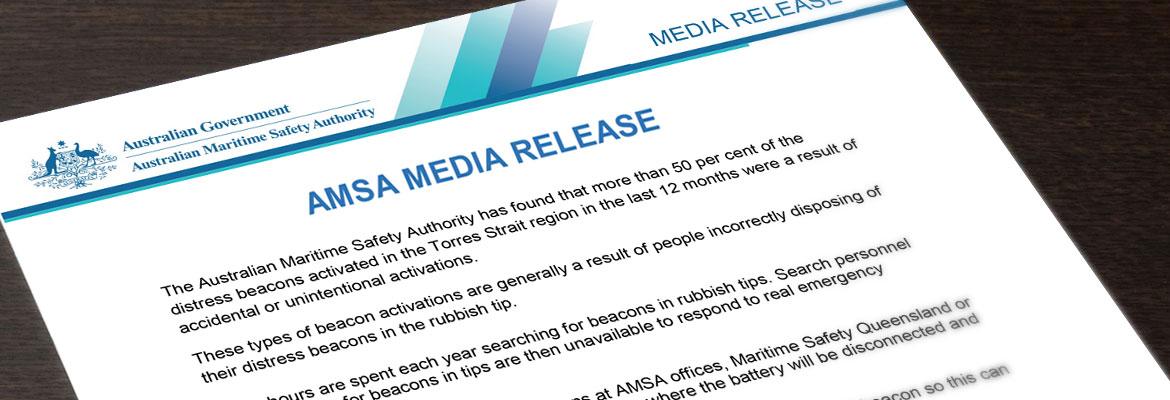
Over the last two years, AMSA has taken action in response to all of the issues identified by the ATSB.
Working closely with pilots and pilotage providers, AMSA is on track to finalise the report’s three recommendations by 2013, including assigning overall responsibility of risk management of pilotage to pilotage providers.
The safety of shipping traffic in the World Heritage-listed Great Barrier Reef and Torres Strait is a key priority for AMSA.
AMSA requested the ATSB undertake the study in late 2010 to identify ways in which the effectiveness of pilotage could be improved. Coastal pilotage is an important part of AMSA’s overall protection of the Great Barrier Reef.
Since the ATSB commenced the investigation, AMSA has significantly reformed coastal pilotage regulation.
Regional shipping facts
Around 4700 piloted ships transit through Queensland’s four pilotage areas annually.
There have been around 40,000 vessel movements within the Great Barrier Reef Marine Park in the past five years with only one major incident, the 2010 grounding of the Shen Neng 1.
Since that incident, AMSA has worked hard to reduce future risks, extending the Great Barrier Reef and Torres Strait Vessel Traffic Service (REEFVTS) area of coverage to the southern boundary of the Marine Park. REEFVTS has reduced groundings by 90 per cent since it was introduced in 2004.
The ATSB report recognises significant shipping safety measures are already in place in the Great Barrier Reef and Torres Strait in addition to pilotage including: REEFVTS, the ship reporting system, a comprehensive network of aids to navigation and ship routeing measures.
Specific AMSA actions
Actions AMSA has taken to reform coastal pilotage include:
- July 2011—release of a new regulation for coastal pilotage - Marine Order 54 strengthening links between pilotage providers and pilots, and introducing standardised industry passage plans for pilotage
- January this year—audit of pilotage providers to ensure that they provide standard operating procedures for conducting pilotage in their Safety Management Systems
- May this year—workshop with pilots, pilotage providers and training organisations to enhance training for pilots and the creation of a new e-learning portal
- July this year—AMSA commenced a review of issue five of MO 54. Part of the review will assign overall responsibility of risk management of pilotage to pilotage providers. Additionally the new Navigation Act 2012, to take effect in January 2013, contains an expanded definition of a 'pilotage provider'.
- addressing the report’s recommendation on fatigue, later this month AMSA will finalise a contract to research the impacts of fatigue on two-person pilotage operations on the inner route of the Great Barrier Reef. Ships in pilotage areas currently have one pilot on board.
North East Shipping Management Plan
The Great Barrier Reef is among the best protected bodies of water in the world with a range of safety measures in place, one of which is pilotage. Other safety measures include:
- a network of aids to navigation, such as buoys and lighthouses
- a coastal vessel traffic services system – REEFVTS which monitors ships along the entire Reef to assist them to navigate it safely. The southern boundary of the REEFVTS area was expanded in July 2011
- a sophisticated under keel clearance management system in the Torres Strait to ensure a safe distance between a ship’s hull and the seabed
- Australia’s only dedicated emergency towage vessel
- a robust port State control inspection regime for vessels in Australian ports.
AMSA is working closely with other government agencies, pilotage providers, pilots and the shipping industry to develop a North East Shipping Management Plan. This is to ensure an already safe system is even safer not only for the Great Barrier Reef and Torres Strait but also the Coral Sea. The plan will look at ways to further improve the safe management of shipping in the region.